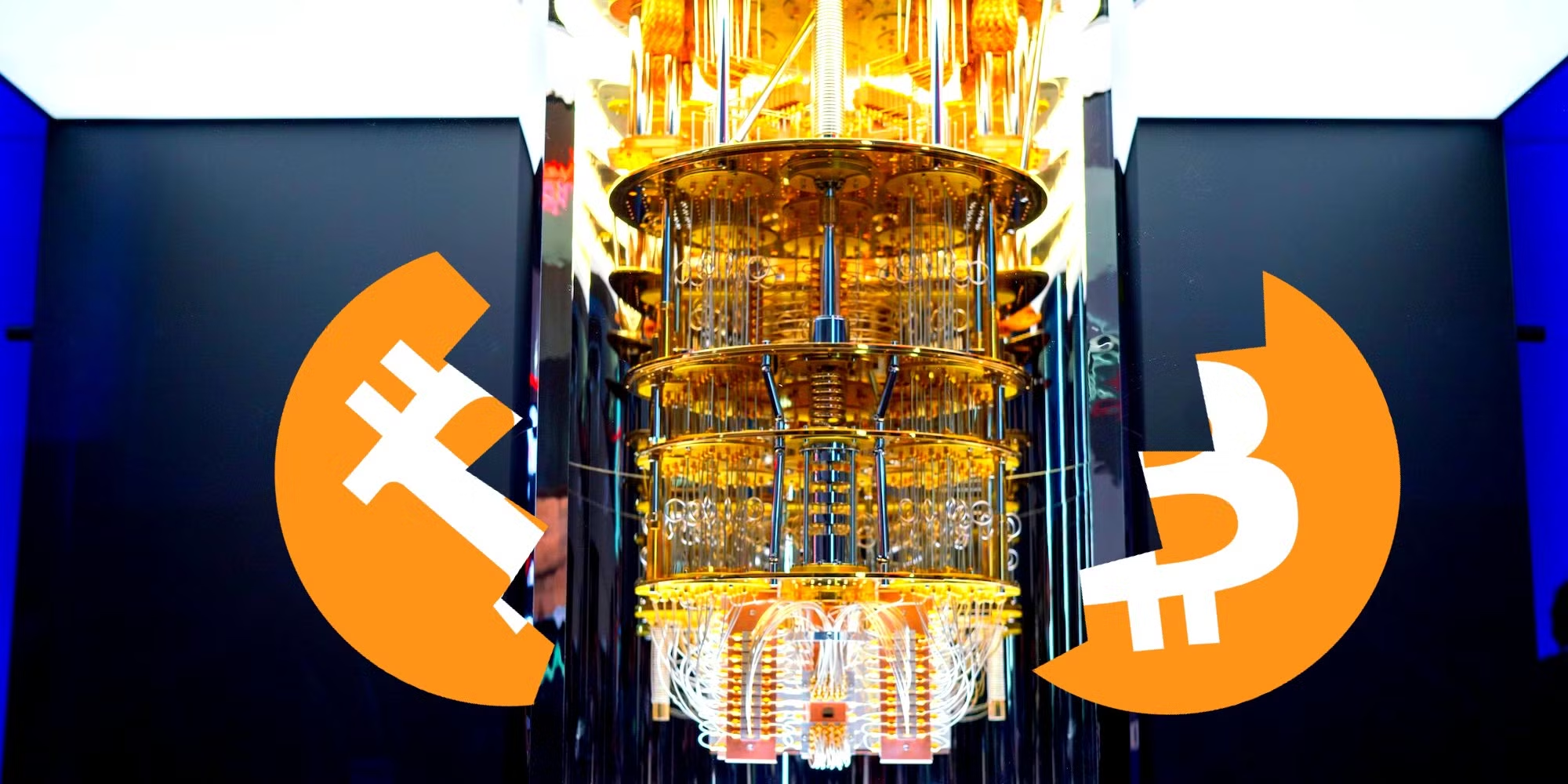Google’s quantum team says its Willow processor ran a new algorithm called Quantum Echoes that solved a molecular-simulation task roughly 13,000× faster than the best classical methods on top supercomputers. Based on reports, the run is being presented as a verifiable quantum advantage and was published alongside technical notes from Google.
Google Quantum Chip Beats Supercomputers
The experiment used Willow hardware and an algorithm tailored to a specific scientific problem, not a general-purpose attack on everyday encryption. According to Google’s post, the work produces verifiable outputs that are useful for chemistry and materials research.
That distinction matters because a speed win on one problem does not automatically mean the same device can run all quantum algorithms at the scale needed to break modern public-key systems.
What That Means For Crypto
Security experts warn that one well-known quantum routine, Shor’s algorithm, can in principle recover private keys from public keys used in signatures like ECDSA and Schnorr — the kinds of keys common in Bitcoin wallets.
But running Shor at the scale that would threaten major blockchains requires error-corrected machines with far more qubits and stability than Willow currently has. Several analysts point out that the hardware gap remains large.
What The Numbers Say
Willow’s public figures show a device built for experimental advantage. Public commentary notes Willow’s qubit count and the specialized nature of the algorithm.
By contrast, breaking a widely used signature scheme would likely need millions of logical qubits and robust error correction — a threshold that current machines do not meet.
The practical takeaway is simple: this is a clear step forward in quantum research, but not a sudden collapse of existing crypto security.
Experts Urge Faster Planning
Based on reports, government and industry groups have already moved toward quantum-safe standards. The National Institute of Standards and Technology finalized early post-quantum algorithms and published FIPS or Federal Information Processing Standards guidance in 2024, giving organizations concrete replacements to study and adopt.
That work gives a path to protect systems before a cryptographic break becomes practical. Still, many voices call for faster testing and deployment of hybrid schemes that combine current signatures with quantum-resistant alternatives.
The Immediate Risk To Bitcoin
For everyday Bitcoin users the near-term danger is limited. Funds kept behind addresses whose public keys have never been exposed on the ledger remain harder to target even if quantum power improves.
But coins tied to reused or revealed public keys would be the weaker link once an adversary had the right quantum tools. Wallet providers, custodians, and node developers are watching these developments and weighing migration plans.
Featured image from ICOBench, chart from TradingView
